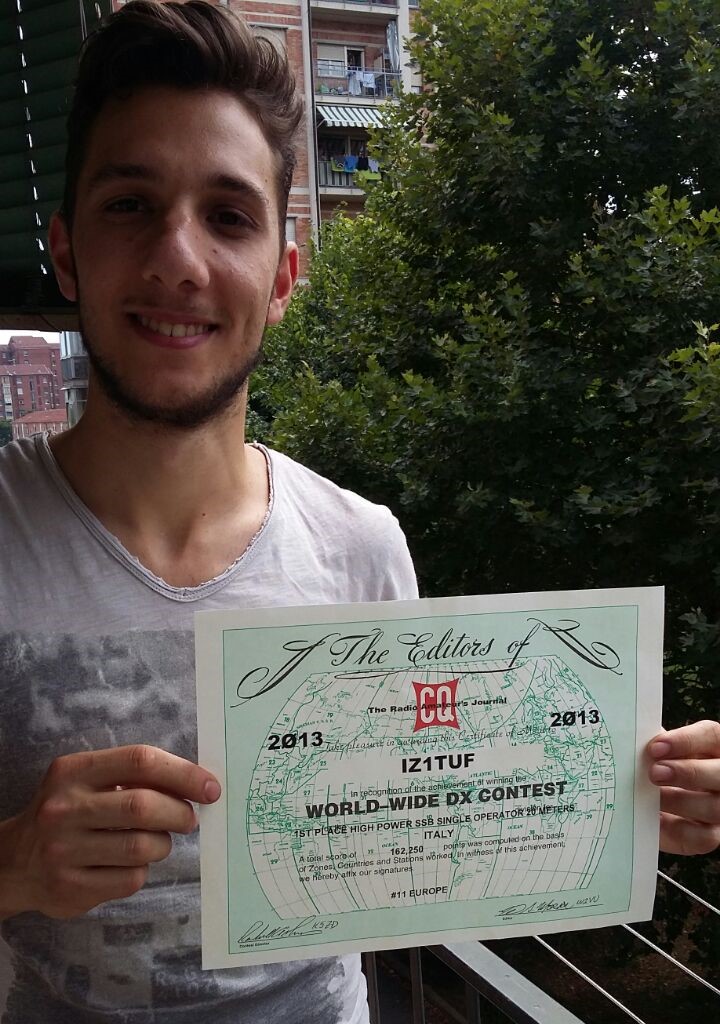The CQ WW Contest Committee has been working hard in the background to be prepared for the 2015 contests. We hope you are too.
With the help of Tzetzo LZ2FQ, we have been working to redesign the logcheck web page. This page allows you to upload your log, check it for proper formatting, and then submit to the robot. We are trying to make the page easier to use and to provide more guidance when we find an error. We urge everyone to submit their log using the web rather than email. Feel free to try it out with your 2014 log and let us know if you find a problem.
Over the past few days, Dave KM3T has been in a data center in northern California working to install a new server for the CQ web sites and log checking. The 8+ year old server we had been using wasn’t keeping up with the increase in logs. We worked around the problem by doing log checking using a virtual server in the Amazon EC2 environment, but all of the file transfers were sometimes unreliable. The new server allows us to process the 5+ million QSOs from CQ WW CW 2014 in less than 6 minutes! This used to take over 45 minutes. Faster checking allows us to work more efficiently and do more testing of our software as we process the final results.
The new server was funded by a $4500 grant from the World Wide Radio Operators Foundation (www.wwrof.org). The WWROF is a non-profit organization devoted to improving operating skills. They have been instrumental in funding the infrastructure that it takes to host this website, the log robot, the log checking software, and the contest awards. Please take a moment to give them a donation. They are providing critical support to all of the CQ contests.
The CQ WW RTTY contest begins in less than 7 days. CQ WW SSB is October 24-25. Hope to see you on the air!

